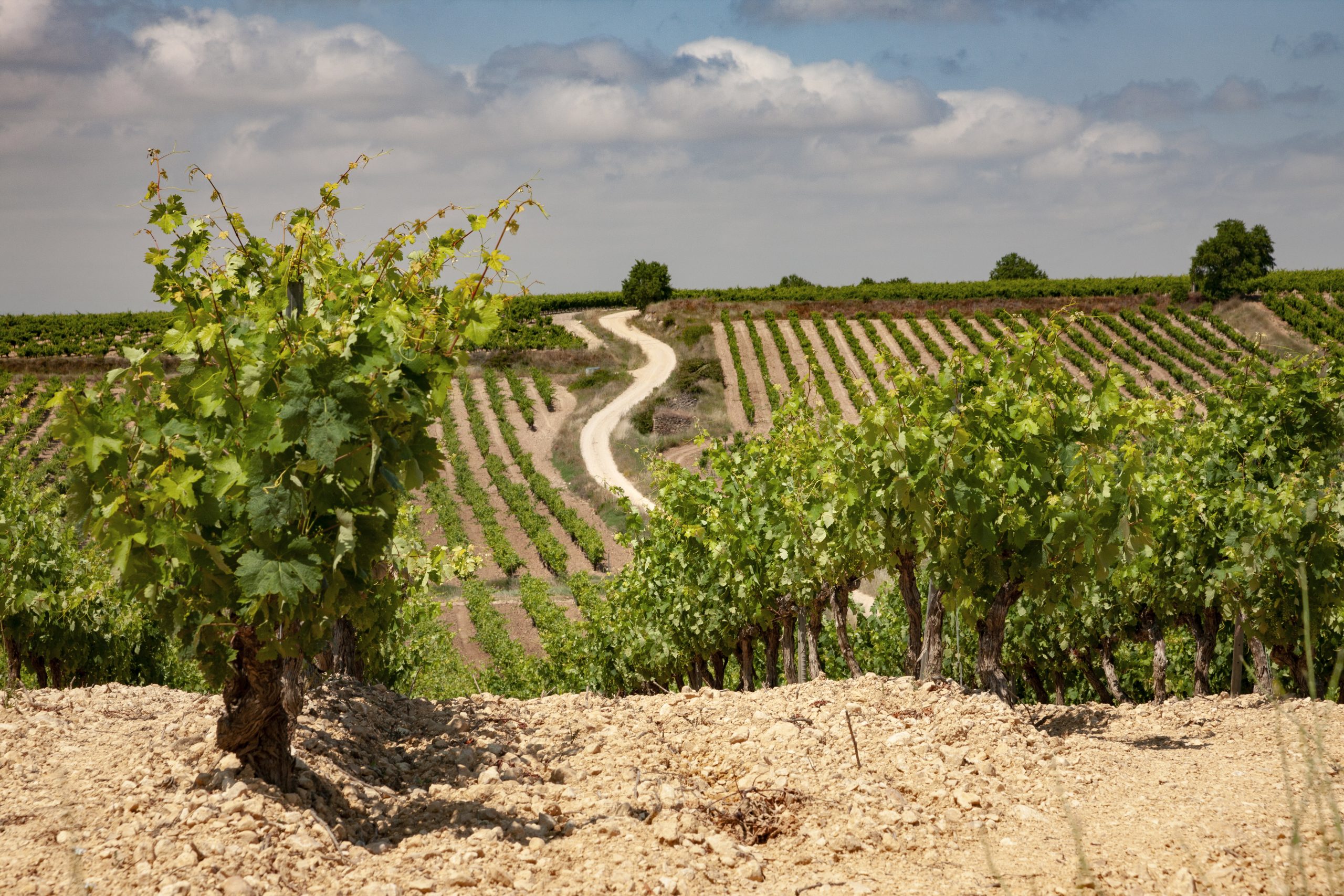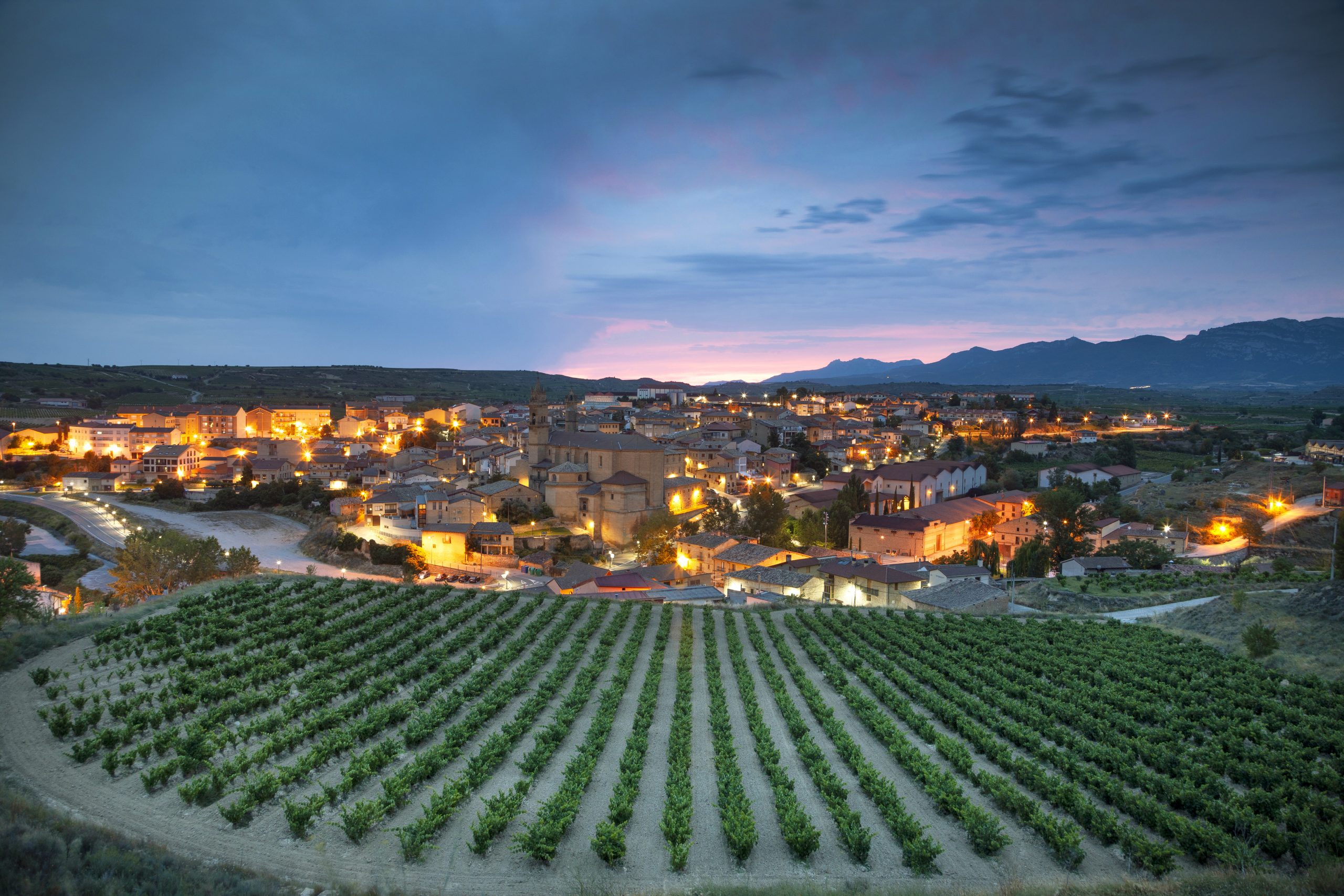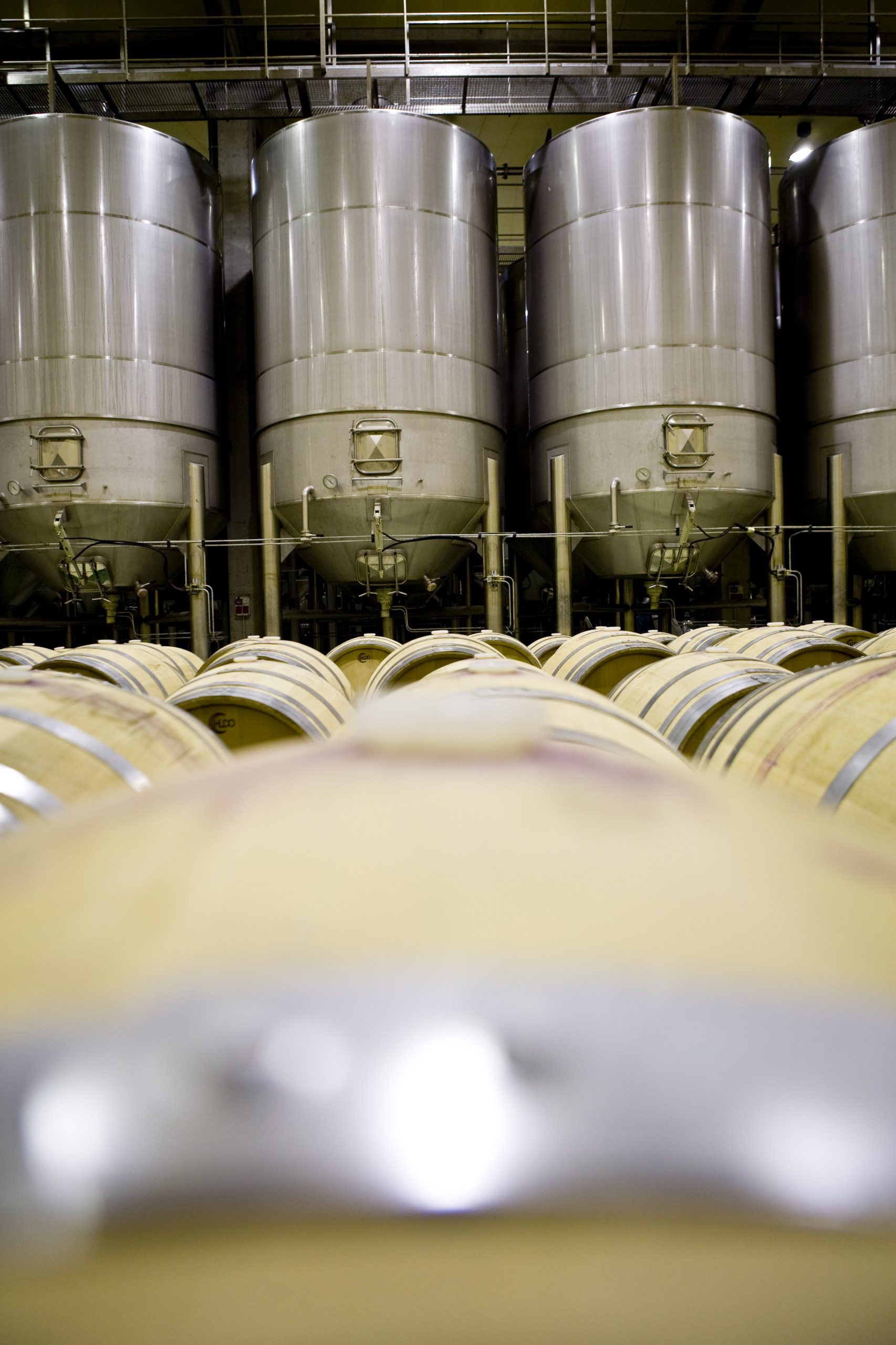Muriel Wines: The New Rioja Tradition
In our series of producer Q&A, we sit down for a catch up with Javier Murua of Muriel Wines to discuss the history of the company, shaking up tradition and never resting on your laurels.
You have built an extensive portfolio of wineries and brands, both in Rioja and across Spain. Can you give us a brief summary of the Muriel Group?
The history of Muriel Wines is the history of my family. Muriel Wines is now a thrilling collection of the many stories, people and terroirs which shape Spanish wine in its vast array of landscapes, varieties and styles.
Chronologically we go back to 1926, when my grandfather founded Bodegas Muriel. In 1987, it was my father Julián, who after a number of years as winemaker in different bodegas, decided to take up the work started by his father and created Bodegas Muriel (the first letters of Murúa, Rioja, Elciego). Then at the beginning of the 2000s I arrived at the Bodega and a new strategic vision began in which exports took on an important role.
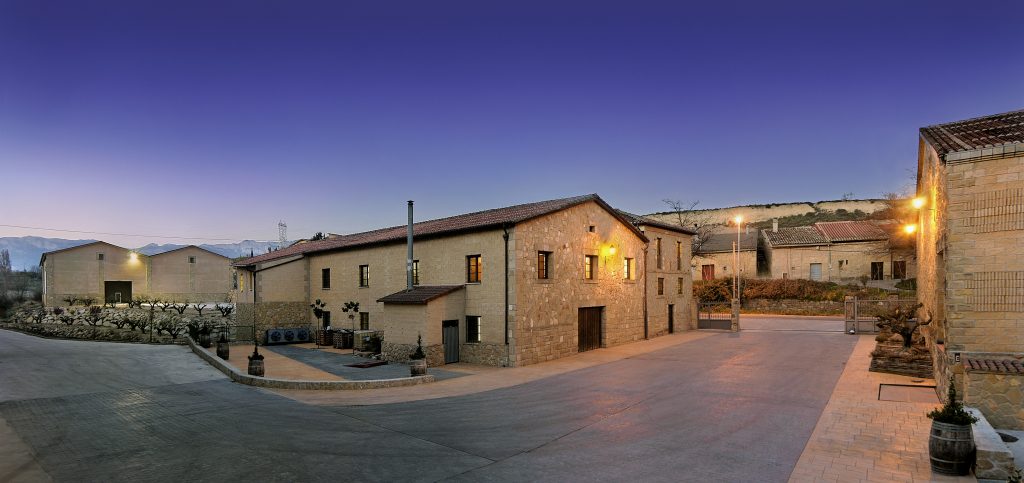
Since 2007 there has been measured, considered but also bold growth. In 2007 we created the Real Compañía de Vinos. In 2009, the Maga Foundation. In 2010 Viña Eguía made us bigger. In 2014, Conde de los Andes and the recovery of a part of our history was our challenge. 2015 saw the creation of Muriel Wines, the managing body for the whole group and we welcomed Pazo Cilleiro in the Rías Baixas, into the fold. In 2017, Finca Montalvillo allowed us to increase in vineyard area and varieties. 2021 brought the purchase of Valdecuriel (Ribera del Duero). And in 2022 Luis Alegre, our latest addition to the Family, an established name in Rioja Alavesa.
Where are you in 2022?
2022 is proving an interesting year for us. We are maintaining our potential in exports which currently represent 85% of the group’s turnover. But at the same time we are gaining ground in the domestic market thanks to the implementation of a major sales strategy.
But looking beyond the markets, our plan for the last few years has been to focus on diversity, the terroir, varieties, producing different collections of well-defined, distinctive wines. Our control of Rioja, together with the commitment to Ribera and Rías Baixas, means that our product portfolios are adapted to the needs of an increasingly changing and more demanding market.
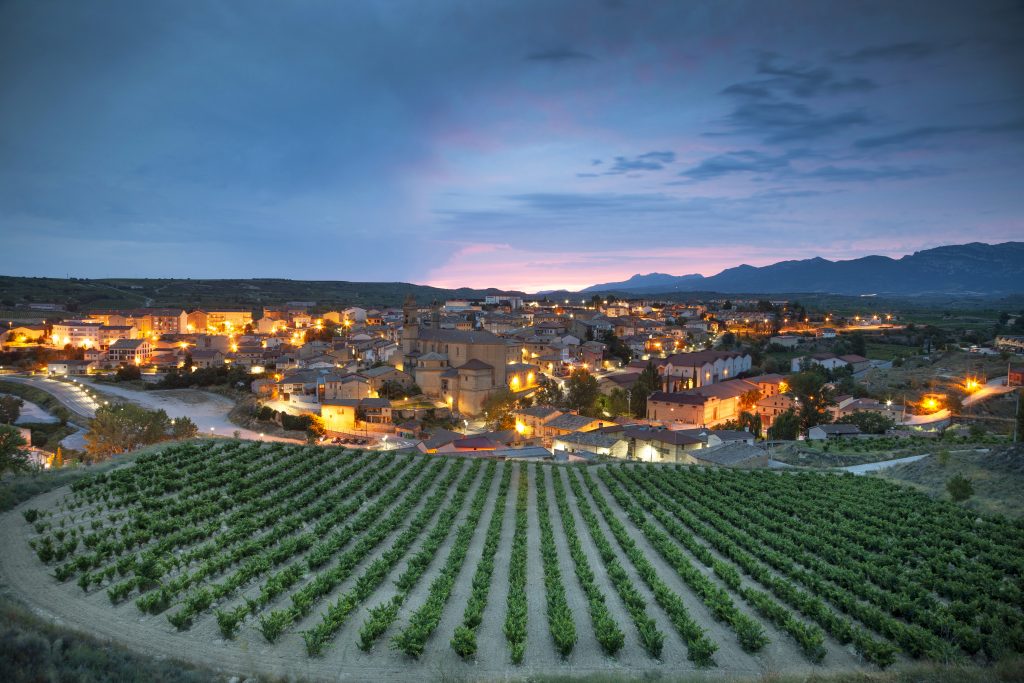
How important is it to keep evolving within the wine world? How are you challenging consumer perceptions about Rioja?
Very important. If you don’t change, others will change for you. We are in a very atomised market, where, in general, things are done well and where the competition is more and more prepared and advanced.
Our distinctive values are based on a deeper understanding of each variety and terroir, and in developing a complete, fine quality portfolio. In Rioja Oriental the company has 250 hectares of vines (25 of them cultivated organically) planted with four different red wine varieties and seven white wine varieties. Meanwhile, in Rioja Alta and Rioja Alavesa, the Group controls a total of 600 hectares, mainly old Tempranillo and Viura vines. 100 of these are estate-owned among which you can find plots which are over 100 years old.
This has made for greater freedom to explore the rich winemaking options of the region, as well as the development of a broad spread of experience and knowledge. Each project stresses one particular aspect, whether the diversity of the indigenous grape varieties, the nature of the various micro-terroirs or the movement into organic growing practices
We also have a strategic focus in the face of the numerous future challenges, from climate change to the new demands of consumers, as we are in a unique position to conduct research and develop new approaches and products which respond to the demands of the unpredictable times which are upon us.
Tell us more about the varietal-led Viña Eguía project.
Viña Eguía Varietales is a label which represents the sum of the different vineyards from north to south and east to west of Rioja. The unique character of this land makes it rich in the development of varieties. The understanding of this diversity and its special features, together with the scope and control of the brand in the territory, allows us to produce a complete product range.
There are 11 varieties; 7 red and 4 white, (soon to be expanded) allowing us to play around and offer something different, with a fresh image that transmits modernity. We start off with two reds: Tempranillo – Mazuelo and Garnacha – Graciano. There is a white: Viura – Tempranillo Blanco, and a rosé: Garnacha – Viura – Mazuelo. This range will grow and adapt as we take the wines to the market and will complement the traditional Rioja stable which continues: Crianza, Reserva and Gran Reserva.
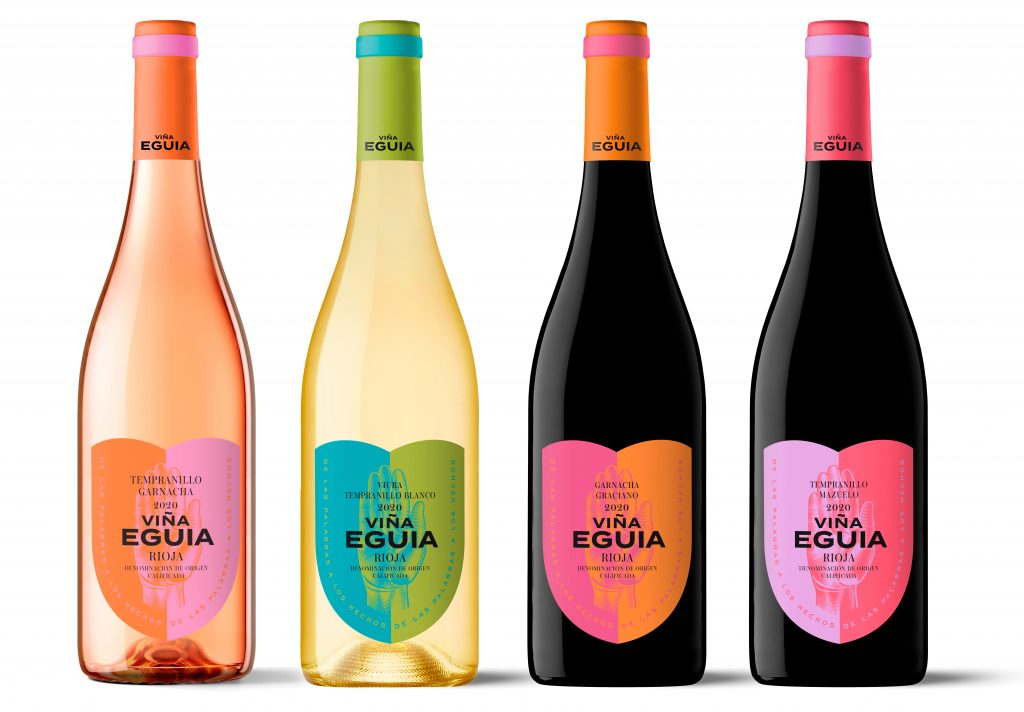
At the other end of the spectrum, the Viña Muriel project is designed to highlight specific vineyard and village locations. What have you discovered?
The Viña Muriel project is a firm commitment to the territory, showcasing the vines of the Rioja Alavesa and in particular the vineyards of Elciego. These are estate-owned vineyards, with old vine plants, many of them in the process of becoming organic: Garcimoracho, Poncoles, Asa, El Gallo… are all vineyards in the Rioja Alavesa, totalling 77 ha. Of these, 60 hectares have old vines over 50 years old and 17 hectares have vines over 100 years old.
Viña Muriel Poncoles, for example, bears the name of the single vineyard plot from which it comes. This calcareous clay and sand vineyard was planted in 1961 at 620m altitude. This is a blend of Tempranillo with a little Viura, a fresh, elegant wine with a lingering finish and a real sense of place.
In the production of these wines we seek to discover and showcase their origins, combined with ageing formulas which in some cases break the standard rules. A commitment to a new categorisation of Rioja wines.
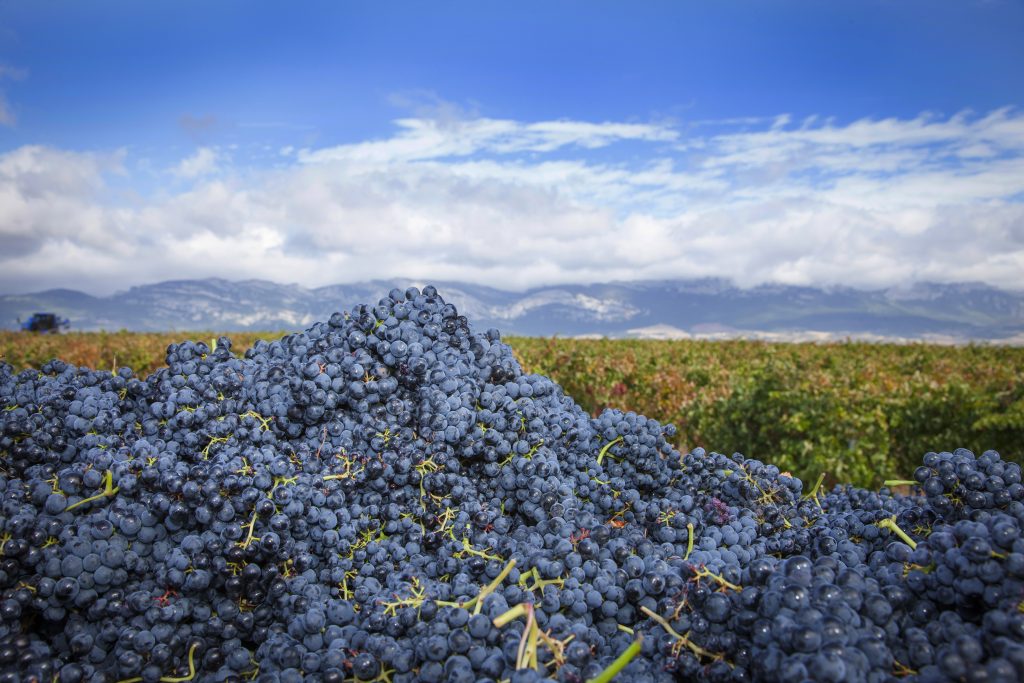
Does the ageing classification still have a place?
Of course, it is still being recognised, but now other questions are being taken into account, not only gauging the quality of a wine exclusively by the time spent in 225-litre oak casks. The Rioja ageing classification still has and will continue to have thousands of followers, but with the emergence of signature wines, this now competes with new classifications, and more to the point, competes with the creations of great winemakers who go far beyond.
Rioja has taken a major step with the new categorisation based on origin, allowing wines from a specific Zone, Village or Single Vineyard. Since 2017, in Rioja we can find wines which highlight their origin, leading to different provenances depending on each terroir plot. The aim is to showcase the singular origin, recognise its diversity and to continue setting quality standards which guarantee the quality of the wines.
But over and above the classifications is the freedom of their creator. Cuvees of different varieties, long or short periods of ageing in granite or concrete eggs, 500-litre barrels,…Increasingly the market is more informed and has a clearer shape, seeking out different things, and very often these different things lie outside any system of classification, without taking anything away from the existing ones.
And finally, give us one day in Rioja – what should we do?
Enjoy Rioja in all its facets. Gastronomy and wine, landscape and nature, territory, culture, and of course, people.
There is Logroño, capital of our Autonomous Region and its Calle Laurel, Haro and the Barrio de la Estación quarter, Ezcaray, Sto. Domingo, our stone cellars in Conde de los Andes in Ollauri… not forgetting the Rioja Alavesa and our beloved Elciego. Following a wine and food route would undoubtedly be one of the plans to enjoy. But it’s better not to give it away, come and discover it for yourself. An unforgettable experience for sure.
